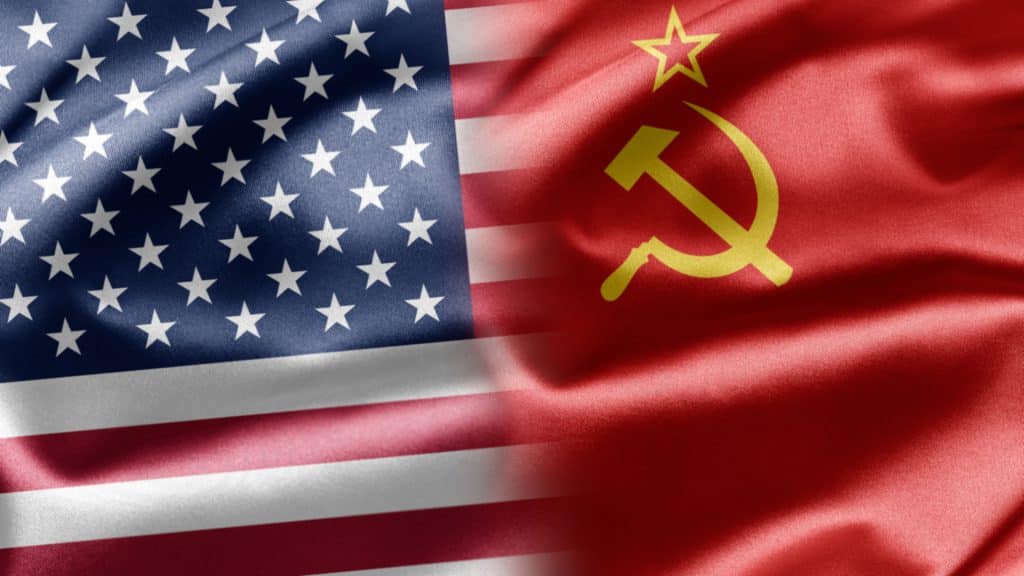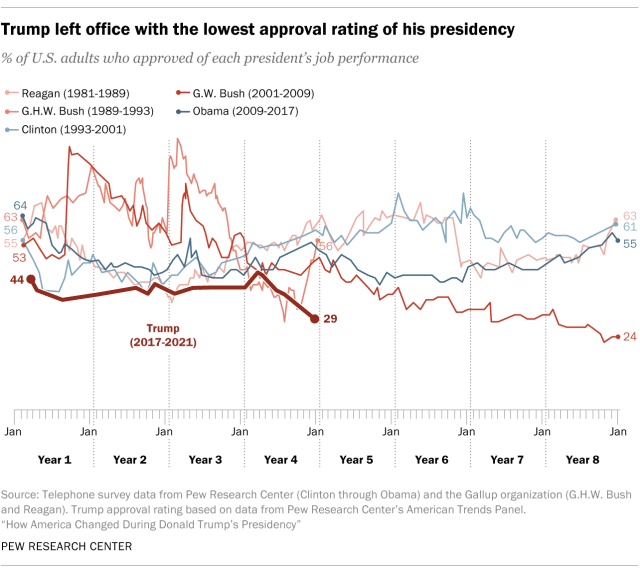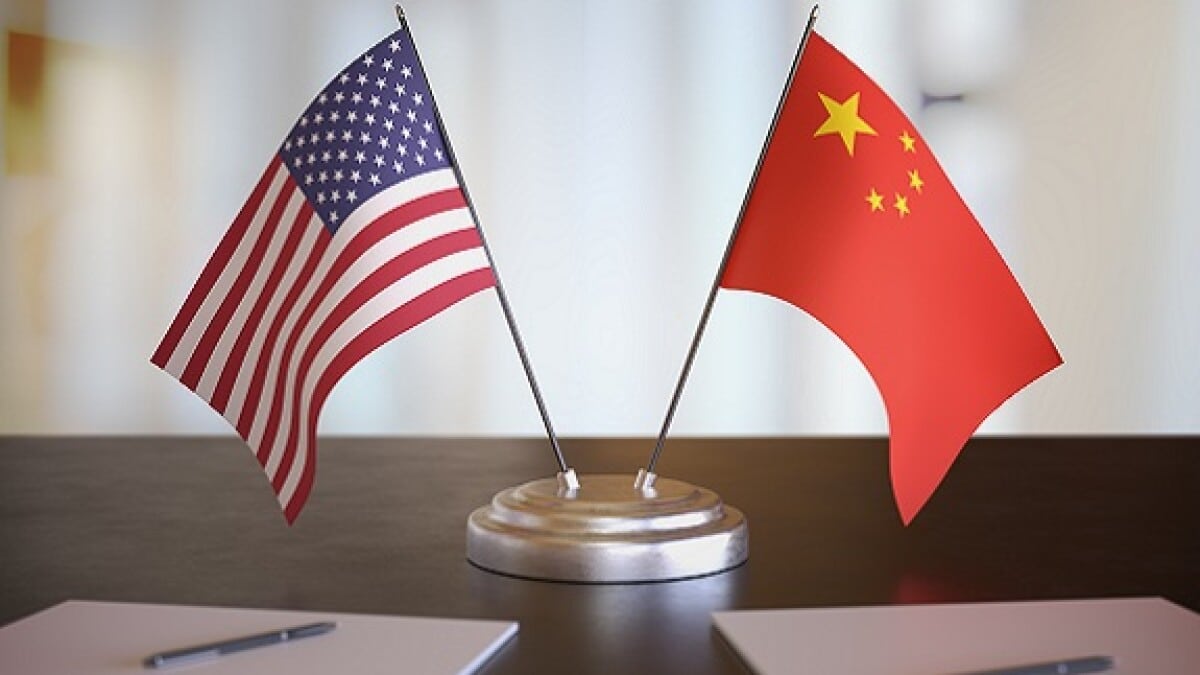The Relationship Between the United States and Soviet Union
The relationship between the United States and Soviet Union has experienced many phases of détente and conflict. This was particularly true during the U-2 incident and the Cuban Missile Crisis, which brought about an overt and violent war. But after the 1972 signing of the Strategic Arms Limitation Treaty (SALT), a period of rapprochement took place between the two countries.
What is the main causes of war?
Both the Long Telegram and the Novikov Telegram were sent by the U.S. to the Soviet Union, dividing the world into two blocs. Churchill’s “iron curtain” speech further divided the world into these two camps. The Cold War between the two superpowers lasted for a decade, with tensions increasing until the Cold War ended in 1991.
What are geopolitical influences?
In the early twentieth century, the Cold War was based on an ideological and geopolitical struggle for world influence. After the temporary alliance against Nazi Germany, the Soviet Union began to isolate itself from the Western world in international diplomacy. Lenin believed that the Soviet Union was surrounded by a capitalist encirclement. As such, the USSR viewed diplomacy as a weapon for keeping its enemies apart, and in addition, the Comintern called for revolutionary upheavals around the world. In the end, the Cold War became a stalemate, and tensions between the USSR and the West intensified.
What does geopolitical conflict mean?
The Cold War had its origins in a geopolitical and ideological struggle over global influence. The Soviet Union and the U.S. temporarily formed a temporary alliance against Nazi Germany in 1945, and the two countries quickly fell out of favor. Despite this temporary alliance, the Cold War still raged on, with the United States becoming the only superpower. These events made the United States the world’s superpower. center of influence definition, same bed different dreams,
Why did the US get involved in the invasion of Afghanistan?
The US and the Soviet Union had a history of varying levels of cooperation in the past, but this was different in the Cold War. Neither of them was able to stop the invasion of Afghanistan. Both sides continued to support the military, even though the latter was the more powerful. However, the USSR continued its war in Afghanistan after the 1980 Summer Olympics boycott. This was a direct response to the perceived aggression of the U.S.
How much of the Soviet GDP was spent on military?
In the mid-1920s, the USSR experienced new hostility in its foreign policy. Its military was growing rapidly, and this exacerbated the structural problems within the Soviet system. The Soviet Union’s defense expenditure accounted for 25 percent of its GDP. By the late Brezhnev years, the USSR experienced a decade of economic stagnation. Its de facto leader, Yuri Andropov, was in charge of determining the communist world’s foreign policy.
What was the arms race between the US and USSR?
The Soviet Union’s military remained underdeveloped, and it built a military that accounted for 25 percent of its GDP. The USSR was already plagued by structural problems, and its spending on the arms race exacerbated the problem. Both countries experienced a decade of economic stagnation during the late Brezhnev years. After World War II, the United States and the USSR had a new alliance and were no longer adversaries messing with the enemy, plane standing still in air, . This alliance led to an era of increased competition and rivalry.
Why did the Soviet Union collapse in the 1980s?
In the 1940s, the Soviet Union had a large military that consumed 25 percent of its GDP. This exacerbated structural problems within the Soviet system. In the 1980s, the U.S. and the former resisted each other’s demands. But in the 1990s, the tensions between the two nations increased. The U.S. was launching Pershing II missiles in West Germany to support its Strategic Defense Initiative. In 1983, it labeled the Soviet Union as an evil empire. russian guns for sale,
Why did the US and the Soviet Union fight together during World War II?
The United States and the Soviet Union fought World War II amidst the tensions that remained between them. The Allied countries did not forget the nonaggression pact between Hitler and Stalin. After the war, however, the Soviet Union and the United States joined forces and merged their military forces. The Cold War began. The two nations became rivals for influence, and grew more competitive same bed, different dreams,.Thas this is how i saved the world, gdp per capita belarus, mr fruit among us,




